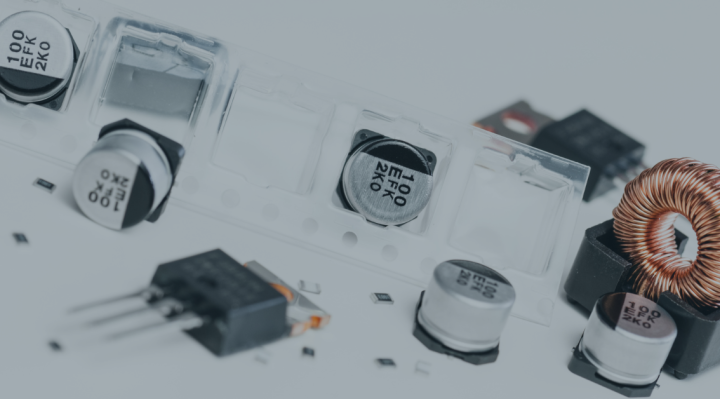Although it may usually seem inconspicuous, invisible and (usually) harmless, electrostatic discharge can be a real problem in the manufacturing of printed circuit boards. Its occurrence is sometimes the main factor causing device failures in electronics manufacturing plants - product losses caused by electrostatic discharge can range from 8% to even 33%.
That is why it is so crucial to be able to control and, as a matter of fact, prevent them in the wrong place and time. It is possible when electronics manufacturers use appropriate processes and methods that counteract possible ESD contamination.
What is ESD?
Electrostatic discharge (ESD) is a sudden and instantaneous flow of electric current between two objects with different electrical potentials, usually generated through electrification, caused by direct contact or damage to an electrical insulator.
ESD occur around us all the time - it is the impression we experience when taking the laundry out of the dryer or touching a metal door handle after walking over the carpet, or a much more dangerous and spectacular thunderstorm.
The term ESD is used in electronics and industry to describe instantaneous and unwanted flows of current that can damage electronic equipment, as many devices are sensitive to electrostatic discharge, for example integrated circuits made of semiconductor materials (e.g. silicon) and insulating materials (min. silicon dioxide). These materials can be permanently damaged by even slight voltage.
ESD in electronics manufacturing
In the context of electronics manufacturing, electrostatic discharge poses a significant threat. The charge level is often very low, and the manufacturers themselves are not aware of the problem with ESD until it is too late - without proper protection against electrostatic discharge, these inconspicuous impulses can seriously damage sensitive electronics (e.g. destroy printed circuit boards or microprocessors).
The costs of such damage can be negligent - like in the case of a simple diode - or amount to thousands when there is a failure of a very complex electronic system. Defects caused by ESD itself can affect electronic components in many ways.
Visible component failures
Visible component failure occurs when the damage is immediate. An electrostatic discharge of sufficiently high force can damage the internal circuitry of a component. In this case, the metal melts or the oxide is penetrated in points where the conductive pathway is made of insulating layers.
Hidden defects
They are definitely a greater challenge for electronics manufacturers. Hidden defects are created when electrostatic discharge is induced at lower voltage levels. An electrostatic discharge with a potential of 30 V, which is too low to be detected by the physical senses, is more than enough to damage most integrated circuits!
Lower levels of ESD may adversely affect metal and insulation of parts, but they do not damage the product completely, which could be identified during the manufacturing process. These problems manifest later and may shorten the device life or cause its malfunction.
Prevention of electrostatic discharges
An undoubted advantage of electronics miniaturisation is the increasingly small sizes of components, so that much more compact devices can be produced. At the same time, the smaller the elements we use, the more susceptible their internal circuits are to electrostatic discharges. That is why it is so important for contract manufacturers of electronics to be as careful as possible throughout the entire manufacturing process, implementing appropriate procedures and technologies to prevent potentially adverse and uncontrolled flows of current.
Aspects that should be taken into account when developing an ESD prevention program
The whole manufacturing process, its environment and handling of components should be strictly controlled to ensure a high level of protection for sensitive electronic components, from their receipt to final assembly.
- designing products in such a way that the entire product or its particularly sensitive components are more protected against ESD;
- protection of electronic products and components against ESD through proper elements for grounding, shunting and controlling electrostatic charges;
- ensuring appropriate training and preparation of assembly technicians for working with components particularly sensitive to electrostatic discharge;
- determining the control level required by the environment - according to various classes of sensitivity to electrostatic discharge:
- for a human body model (HBM),
- for a charged device model (CDM),
- for a machine model (MM) - only if automatic tests of integrated circuits are performed using automatic machines; - determining electrostatic protected areas (EPA) - typical areas of this type consist of reception, inspection, assembly, storage, research and development, packaging, repair, laboratories and clean rooms - meaning places where there is contact with components sensitive to possible electrostatic discharges;
- ensuring proper grounding pathways to eliminate or limit the processes that generate electrostatic charges;
- using antistatic materials and implementing grounding and ionization for static control - from providing employees with appropriate clothing and footwear or ESD straps for wrists and heels, to antistatic paint, mats and flooring, to equipment and packaging solutions resistant to electrostatic discharge.







